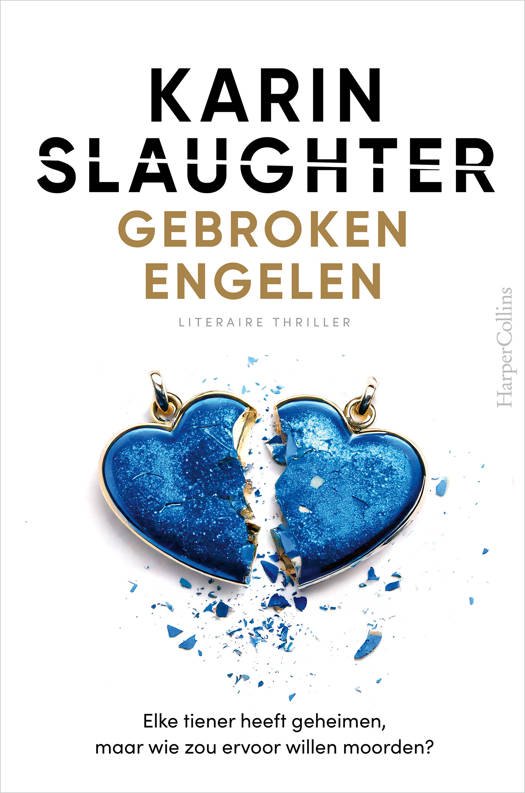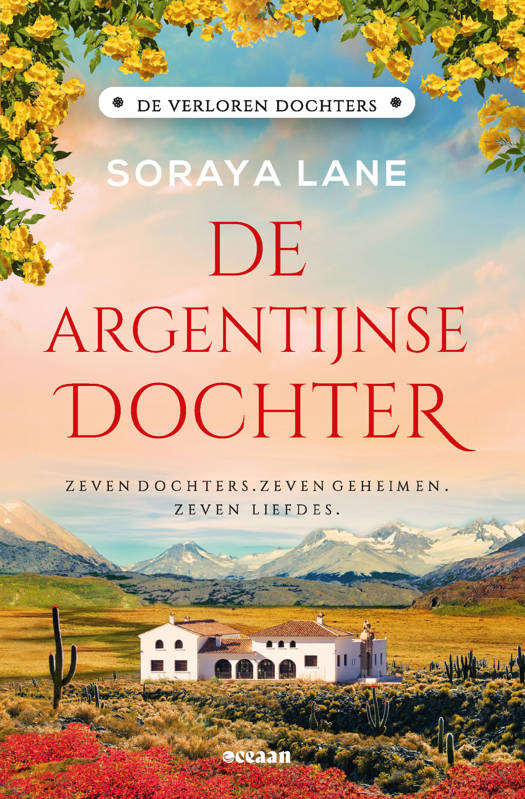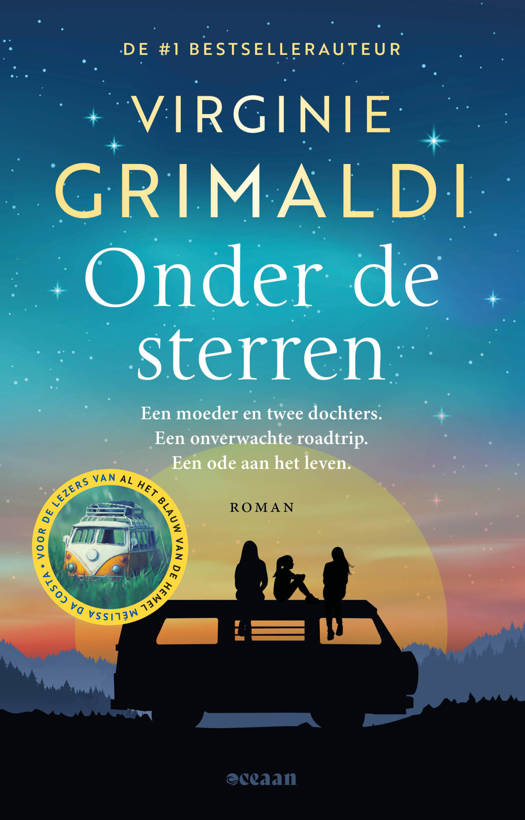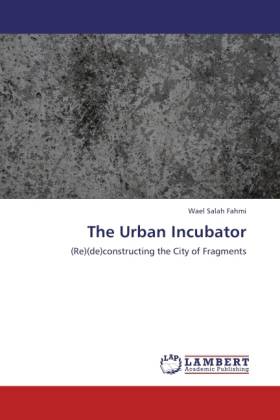
- Afhalen na 1 uur in een winkel met voorraad
- Gratis thuislevering in België vanaf € 30
- Ruim aanbod met 7 miljoen producten
- Afhalen na 1 uur in een winkel met voorraad
- Gratis thuislevering in België vanaf € 30
- Ruim aanbod met 7 miljoen producten
Zoeken
€ 58,45
+ 116 punten
Omschrijving
Postmodern urbanism is experiencing a new urbanity where boundaries between reality and virtuality are blurring, with fragmented multi-layered spatiality unraveling sequential images and signs through time-space compression. Viewing the postmodern city through a deconstructive lens it is possible to see multiple representations of public spaces in terms of digital collages, diagrams and screens, interwoven into real urban life, thus symbiotically celebrating the new informational needs of our media polis. This creates a 'transnational urban experience' wherein the global and local, the real and the virtual become inextricably intertwined, as the ideal of boundless and undefined spatiality predominates a digital age of fragmented postmodernity. Digital fragments and diagrams will bring cit(y)(ies) images into sharp juxtaposition, thus de-solidifying the physical and dissolving spatial distinctions between the virtual urbanity of the information machine and the actual urbanity of the city of fragments. This will call into play the possibility of a coterminous and dialectic merging of very real city of bricks and a conceptually experienced city of pixels.
Specificaties
Betrokkenen
- Auteur(s):
- Uitgeverij:
Inhoud
- Aantal bladzijden:
- 156
- Taal:
- Engels
Eigenschappen
- Productcode (EAN):
- 9783846522325
- Verschijningsdatum:
- 9/10/2011
- Uitvoering:
- Paperback
- Afmetingen:
- 152 mm x 229 mm
- Gewicht:
- 236 g
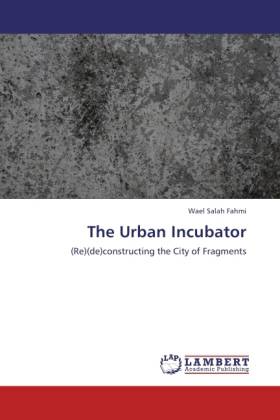
Alleen bij Standaard Boekhandel
+ 116 punten op je klantenkaart van Standaard Boekhandel
Beoordelingen
We publiceren alleen reviews die voldoen aan de voorwaarden voor reviews. Bekijk onze voorwaarden voor reviews.


